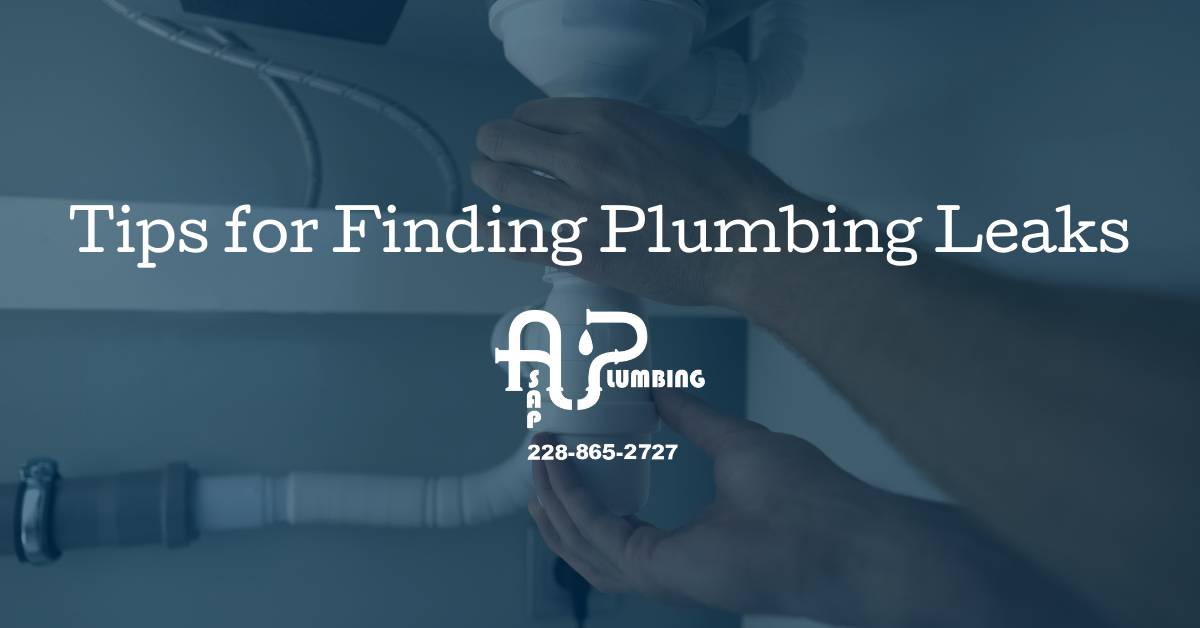Hidden leaks are never fun and it’s usually tricky to find the source. Even homeowners who claim they know all the bones of their home will tell you it is rather difficult to find an exact location. The interesting thing about leak detection is that it may not always be what you think. It can also escalate to other areas of the home and affect the overall foundation
Look for loose tiles or flooring
When thinking about plumbing leaks, the first thing that might come to mind is to find the source of a drainage problem. It may not always be the actual drain, however. Foundations that are built wrong will usually have loose tiles or flooring that causes water to seep through. Not having enough caulking, or improper structures of grout will cause tiles and flooring to worsen and crack throughout time. You will usually find leaks in bathrooms around tubs, standing showers and in between the toilet and waste pipes.
Visible water stains and peeling paint
Another tip for leak detection is to look out for visible water stains and peeling paint. These go hand in hand because as water stains immerse into walls or ceilings, the paint will begin to peel or flake. Drywalls are more prone to peeling paint, as it easily soaks up any moisture. The problem with this leak detection is that it not only damages the paint, but it can also affect the inside insulation over time.
Finding mold build-up through gaps
Mold build-up is very common leak detection and easy to spot. The distinct smell of “rotten eggs” is a clear sign of a plumbing problem. When any leaking occurs through small gaps of the intersections where caulking meets, you will usually quickly spot mold. Mold grows and only gets worse throughout time so it is important to get a plumber to look further into water fixtures and adjust connections.
Conducting a rim leak test
Conducting a simple rim leak test might seem silly and the last thing you will think of doing when finding the source. But by doing this test, you might be surprised at how fast you can find leaks. For this test, you will not want to splash a large amount of water but rather use a small amount of a dribbling method. The test can be done where the faucet and sink meet and then proceed to check under the sink for potential leaks or puddles of water. Examining if leak detections are visible can stop material from deteriorating once a plumber makes the repairs.
If you require leak detection or plumbing repairs, contact ASAP Plumbing today at 228-865-2727 or visit www.plumbinggulfportms.com and request a free estimate! We can handle all your plumbing needs including installation, repair and full water heater replacement.

